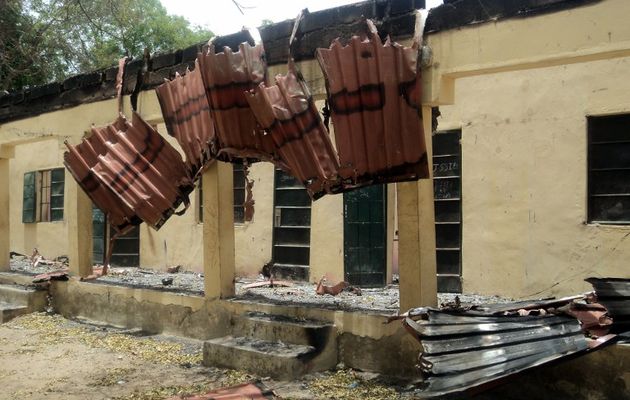By Kathryn Maureen Ryan
Impunity Watch Reporter, Middle East
CAIRO, Egypt – In the time that has passed since the wildfire that is the Arab Spring spread to Egypt in 2011 when the county’s young masses took to the streets and toppled the Mubarak regime, which had ruled Egypt as a police state for several decades, it has become increasingly clear that Egypt’s future security is uncertain. While the world focuses on the questionable democratization process in Egypt, questioning whether the removable of President Morsi and the ongoing electoral process represents a transition to democracy or a pendulum swing back to a military regime, the real threat to Egypt future security may be located upstream, along the historic banks of the Nile River

Food and water security have had a profound effect on Egypt’s recent history and will continue to impact its future. Violence in Egypt have been linked to high food prices for decades; one of the major grievances of the Egyptian youth in 2011 was concern over unemployment and the high cost of food in Egypt. Egypt is a net-importer, the largest importer of wheat in North Africa. Food and water prices will likely increase in the future as Egypt’s population continues to increase and growing ecological concerns place a greater strain on the state’s water supply. The Egyptian population continues to grow at a rate of about 2% annually with the Historic Nile River, the main source of fresh water for the Egyptian people, supporting a population of 83 million people; these issues are already putting a strain on the Egyptian economy. The 2005 UNDP Human Development Report for Egypt stated that “poor water quality affects both health and land productivity with damage costs estimated to have reached LE 5.35 billion [$7.7m] or 1.8 percent of GDP.”
The Egyptian government believes the development of a massive hydropower dam upstream in Ethiopia will place its water security in greater because the dam will obstruct the flow of water into Egypt, which depends on the Nile for about 85% of its water. Construction of the Grand Ethiopian Renaissance Dam, a project that spans an area of about 1,800 km2, is now roughly 30% complete. When it is finished the Grand Ethiopian will be the largest hydroelectric dam in Africa. Despite concerns raised by Egypt Ethiopia is moving forward with construction.
In January Ethiopia rejected a proposal that would guarantee Egypt the right to most of the Nile River’s water. Egypt argues that its 1959 agreement with Sudan which gave Egypt the rights to 55.5 billion cubic meters out of a total of 84 billion cubic meters is the governing document on the Nile’s water. However, Ethiopia and other upstream nations reject the accord as they were not signatories to the agreement.
As construction continues Ethiopia has less incentive to negotiate with Egypt over the use and management of the Nile Watershed. Egypt’s Foreign Minister Nabil Fahmy has had the water dispute on his agenda. During a trip to Italy in February, Fahmy asked the Italian company contracted to build the dam to halt construction. In a letter to the company the Foreign Ministry said; “The government of Egypt calls upon the EU Commission, and the esteemed European governments, to give due consideration to the accountability of business enterprise of European nationality for their conduct in supporting Ethiopia’s projects affecting the Nile river downstream states.” A spokesperson for the Foreign Ministry said there is “no room at all for concessions or allowances harming our interests because it is a subject of national security”.
Ethiopia says it is open to negotiating the period over which it fills the dam’s retaining reservoir. However Egypt insists that it will be harmed regardless of this gesture. Egypt does not have a strong history of cooperating with other states over the use of the Nile Watershed. When the Nile Basin Initiative was formed as a partnership of Nile riparian state in 1999 with the support of the World Bank Egypt refused to sign any agreement that did not guarantee its current share of the Nile waters. While the end result of the current Nile water dispute remains uncertain what is clear is that Egypt’s future; much like its past, is deeply connected to the future and ecological health of the Nile River, which has supported the lives of the Egyptian people for thousands of years.
For more information please see:
Al Jazeera – Egypt to ‘Escalate’ Ethiopian Dam Dispute – 21 April 2014
Daily Star Egypt – No New Policy on Ethiopian Dam: Foreign Ministry – 01 April 2014
BBC News – Will Ethiopia’s Grand Renaissance Dam Dry the Nile – 21 March 2014
Bloomberg News – Middle East’s Water Scarcity Seen as Food Security Issue – 20 February 2014
